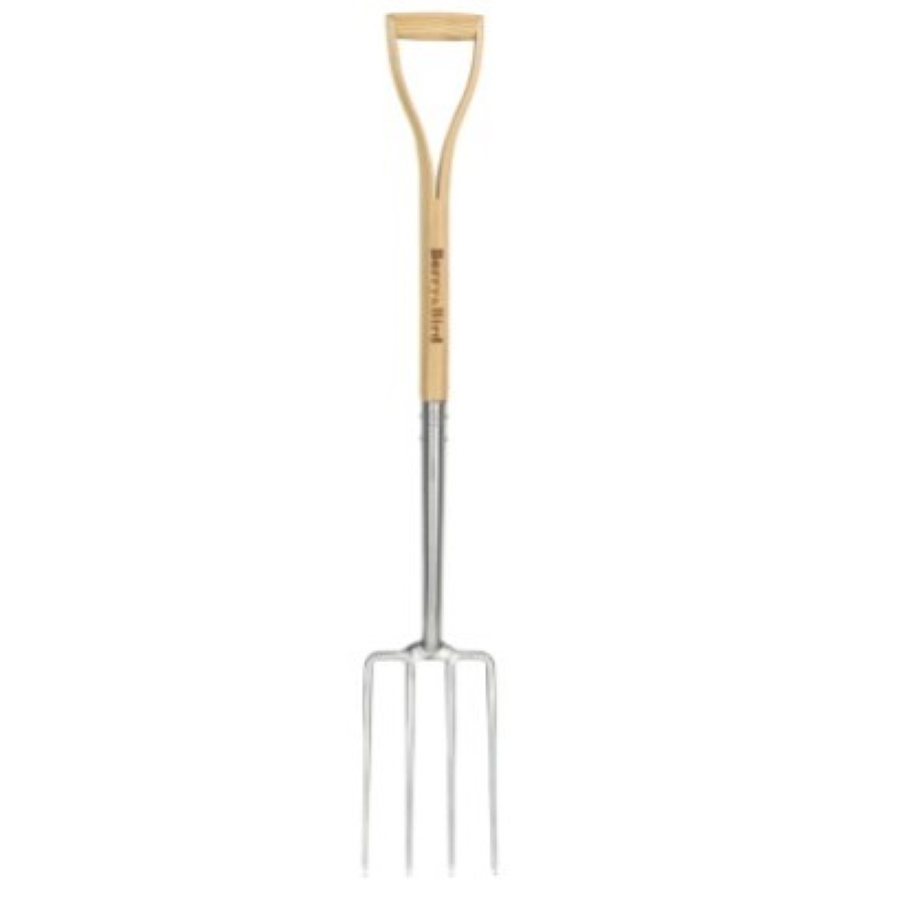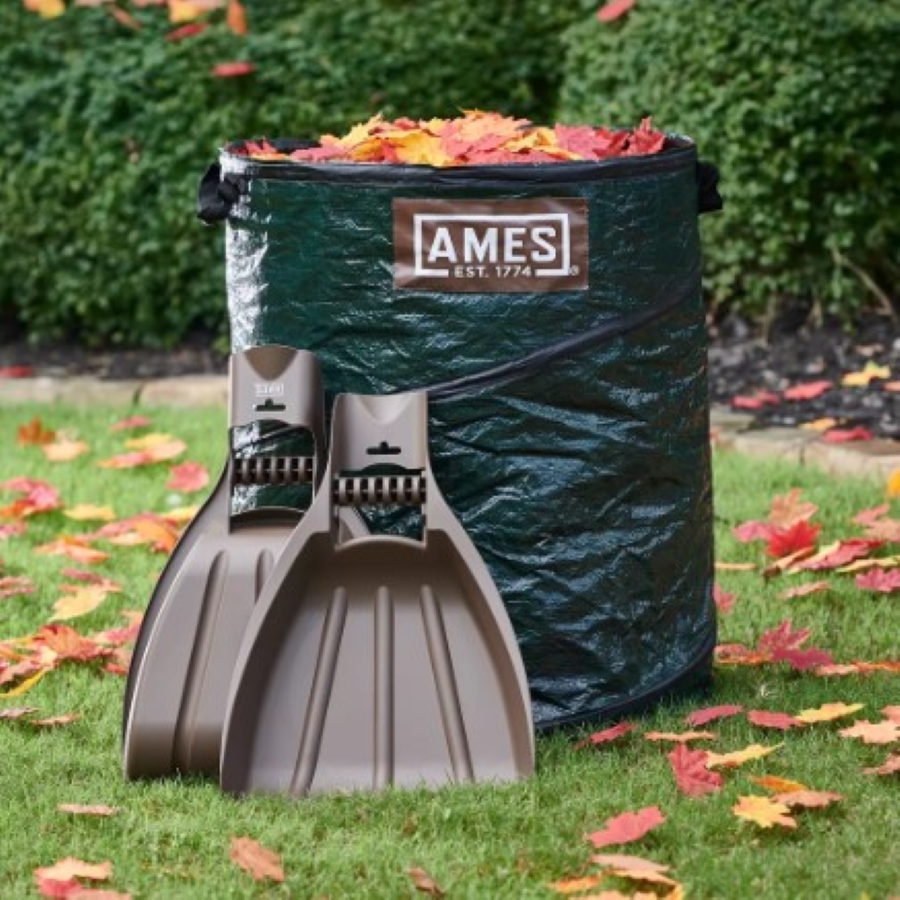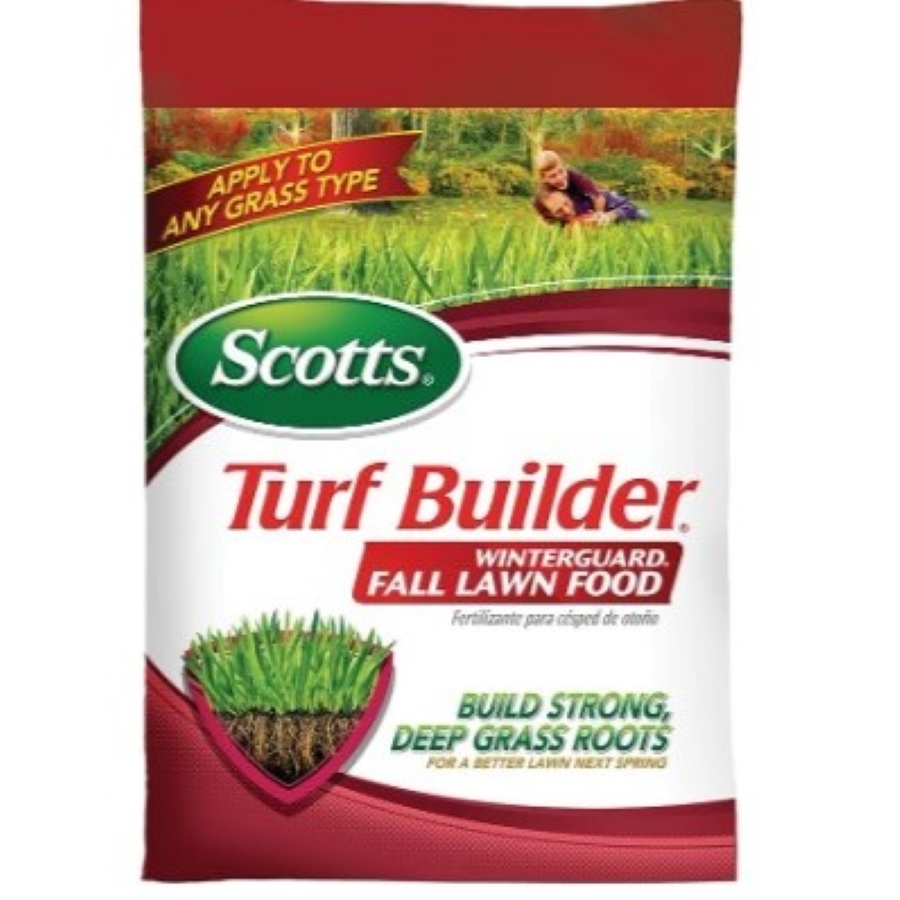When should you 'winterize' a lawn? It's so important and it might need doing sooner than you think
Discover the perfect time to prepare your lawn for winter and the exact steps to take

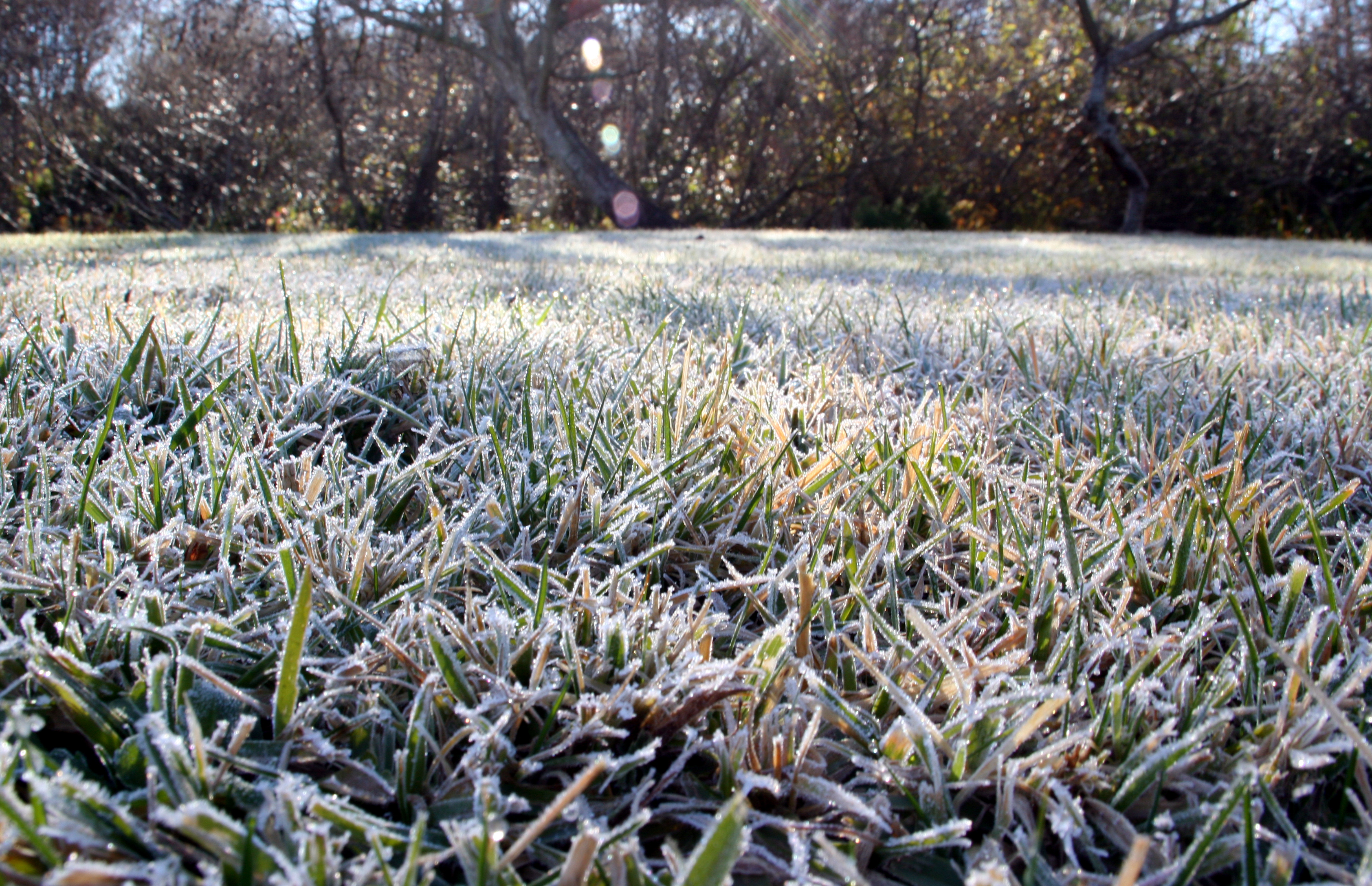
One of the biggest mistakes you can make is assuming gardening in autumn is less important than in spring or summer. Granted, the warmer months are when you enjoy your backyard the most and when you want it to look its best, but it is the work during fall and winter that is vital to ensure this. When it comes to your lawn, the same principle applies, which is why it is so important to put in the work now to guarantee a luscious lawn come spring. But what is winterizing and when should I be doing it?
The term winterizing is frequently thrown around by expert gardeners and is praised as one of the most important gardening activities to do in the colder months. We have discovered its benefits and it could be the answer to keeping your lawn happy and healthy. Keeping your garden strong through winter is an essential task if you want it to shine in spring, especially if you are planning to try any new modern garden ideas.
We spoke to some lawn care professionals, who revealed their top tips on how to winterize your lawn. Including when and how to do it. Don't miss your chance to do this one thing for your lawn, it will be worth it.
What does winterizing your lawn mean?
We hear the term winterizing a lot in gardening and know it is something done before the harsh weather arrives, but it isn't totally clear what it actually means. Fortunately, we have some lawn care experts to explain what it is, and why you should be doing it.
'Winterizing involves a series of steps taken to prepare your lawn for the winter,' says Gene Caballero, co-founder of GreenPal. 'It's about making sure the grass has enough nutrients and is in the right condition to withstand the cold, dormant period,' he explains. This is to be done in collaboration with your fall lawn fertilizing routine.
Winterizing is a process that can be done to any lawn and will have a positive effect wherever it is used, however, it is vital in colder climates. 'This process is essential in regions where temperatures drop significantly, and grass growth slows down,' Gene says. To be on the safe side, whether you are expecting snowfall or not, it is best to winterize your lawn.
When to winterize your lawn
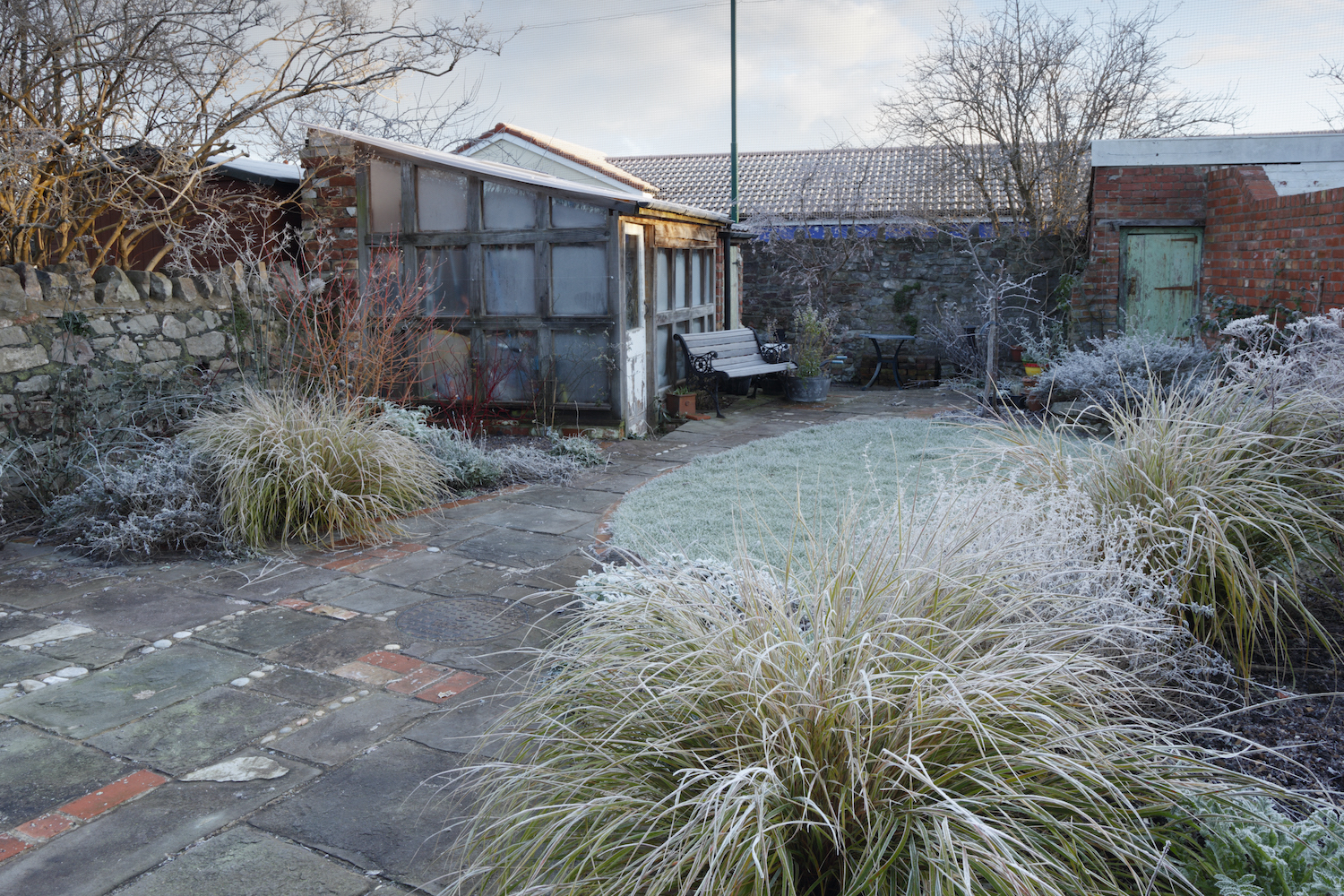
'The ideal time to winterize your lawn is during the fall, before the first hard freeze,' says the founder of Urban Organic Yield, Lindsey Hyland. This time is the perfect time as the grass will have stopped growing and will be entering its dormant period.
The Livingetc newsletters are your inside source for what’s shaping interiors now - and what’s next. Discover trend forecasts, smart style ideas, and curated shopping inspiration that brings design to life. Subscribe today and stay ahead of the curve.
When you are deciding whether it is the right time to winterize your lawn, there are a few things to consider. 'Look for signs like cooler temperatures and less daylight,' suggests Lindsey. This period is usually around late October or early November, however, you should be aware that this is dependent on your local climate. The winterizing process should happen a few weeks before the first ground freeze, so make your judgment based on this. Don't make the common gardening mistake of leaving it too late.
How to winterize your lawn

Now you know that the winterizing process needs to be started imminently, we should consider what actually needs to be done. One of the first things you should do is tidy your lawn. 'Remove any debris, leaves, or dead grass from your lawn is an essential part of winterizing,' says Gene, 'as these can smother the grass, create disease conditions, and invite pests.'
Once your lawn has been properly cleaned is it time to give it some TLC. Although your lawn is no longer growing it is important to complete a final mow of the year. 'The last mowing of the season should be a bit lower than usual but don't scalp the lawn as it can expose it to extreme conditions,' explains Gene. After this, you should aerate your lawn and fertilize it. 'This process allows water, oxygen, and fertilizer to reach the grass's roots more efficiently. It involves perforating the soil with small holes to alleviate compaction,' he says.
When selecting a fertilizer for winterizing you need to consider what your lawn needs to survive during the colder months. Generally for fall fertilizing, you want to be looking for ones high in potassium as this helps grass withstand the cold.
This winterizing process shouldn't take you too long and will do wonders for your lawn's health. Trust us, when spring arrives your backyard will be looking its best, thanks to your fall gardening.
You will need

Formerly a news writer for Livingetc, Amy completed an MA in Magazine Journalism at City, University of London, and has experience writing for Women’s lifestyle publications across arts, culture, and beauty. She has a particular love for the minimalist aesthetic mixed with mid-century furniture, especially combining unique vintage finds with more modern pieces. Her previous work in luxury jewellery has given her a keen eye for beautiful things and clever design, that plays into her love of interiors. As a result, Amy will often be heard justifying homeware purchases as 'an investment', wise words to live by.
